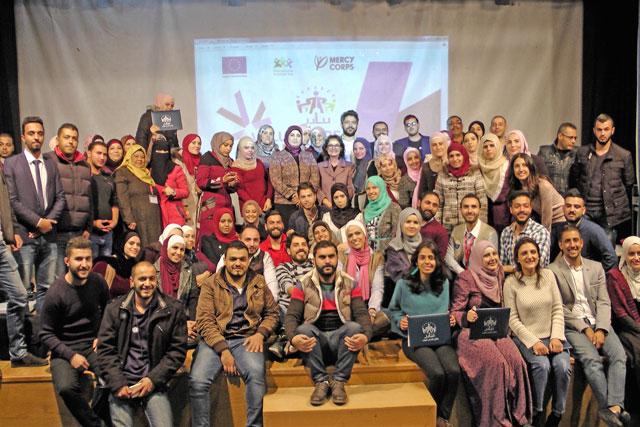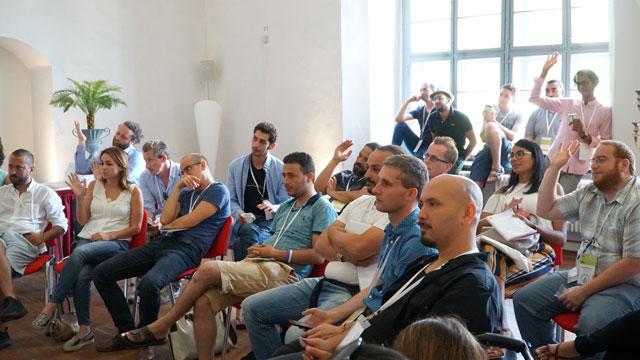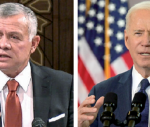You are here
The five levels of leadership
By Dr Tareq Rasheed , Family Flavours - May 15,2022 - Last updated at May 15,2022

Photo courtesy of Family Flavours magazine
By Dr Tareq Rasheed
International Consultant
and Trainer
To gain a competitive edge in today’s world, an individual, group or organisation must be continually evolving. If you’re looking to enter the dynamic and progressive area of coaching and leadership, there are important tools for the continuous development of individuals and organisations-begin by understanding the five levels of leadership.
Leaders play different roles in organisations to help achieve business continuity and growth. These roles are: teachers, trainers, facilitators, coaches, mentors, consultants and counsellors, and I define each in two words:
• Teachers: Knowledge Providers
• Trainers: Skill Providers
• Facilitators: Support Providers
• Coaches: Energy Investors
• Mentors: Goal Motivators
• Consultants: Problem Solvers
• Counsellors: Path Advisors
Situational leadership
Situational leadership directs leaders towards their roles depending on the situation followers face. Vary your style according to the situation. Leaders can delegate most roles except coaching and mentoring, which are the roles that ensure leadership effectiveness.
Level #1: Make the most of your position to understand people, their emotions and their motivators to help influence their abilities to higher levels. Management is position and authority, while leadership is character and power. Once you master this secret, you can gradually move to the next one.
Level #2: Gain people permission. Leadership is dynamic; people will respond to you based on your level of trust with them. To gain trust, consider competency and credibility. Are you competent for the position as a leader? Are you credible in your values and ethics? If yes, then you master the second secret and people will grant you permission to lead.
Level #3: Start the production process and each advance allows you to be more effective in leading others. Greater effectiveness is achieved once you are productive and can affect others. Good leaders always make things happen. They get results. They are productive individually, but they can also help the team produce. This ability gives leaders increased influence.
Level #4: Develop your people, apply the roles mentioned, teach them, train them, support and facilitate their performance and maximise their energy. Here you need to understand the psychology of people. The law of circles comes in handy here. Leadership is the art of influencing followers; once you know their centres of concern, you can influence and lead. We all have concerns and people can be classified according to their centres of concern:
• Money-centred people
• Work centred people
• Family-centred people
• Society-centred people
• Friends-centred people
• Pleasure-centred people
• Self-centred people
• Spouse-centred people
• Fear-centred people
Level #5: Empowerment of others to create second, third and fourth layers of leaders; leaders develop leaders. You can achieve this by applying these steps: Teach, Train, Develop, Qualify, Delegate, Support, Appreciate and Empower. At this leadership level, you achieve greatness, not only effectiveness. Great leaders leave a legacy and are remembered for what they left in their people, community and country. On the other hand, ordinary managers leave the position and no one remembers them. Leave a legacy to have the greatest influence.
Reprinted with permission from Family Flavours magazine
Related Articles
AMMAN — “Volunteering is not isolated from life, it is part of your contribution to a great circle”, said researcher Barik Mhadeen at
AMMAN — A demonstration of advanced emergency medical response skills for police officers involved in a critical incident and the graduation
AMMAN — “enpact is about changing the narrative of how people view the Middle East.


















